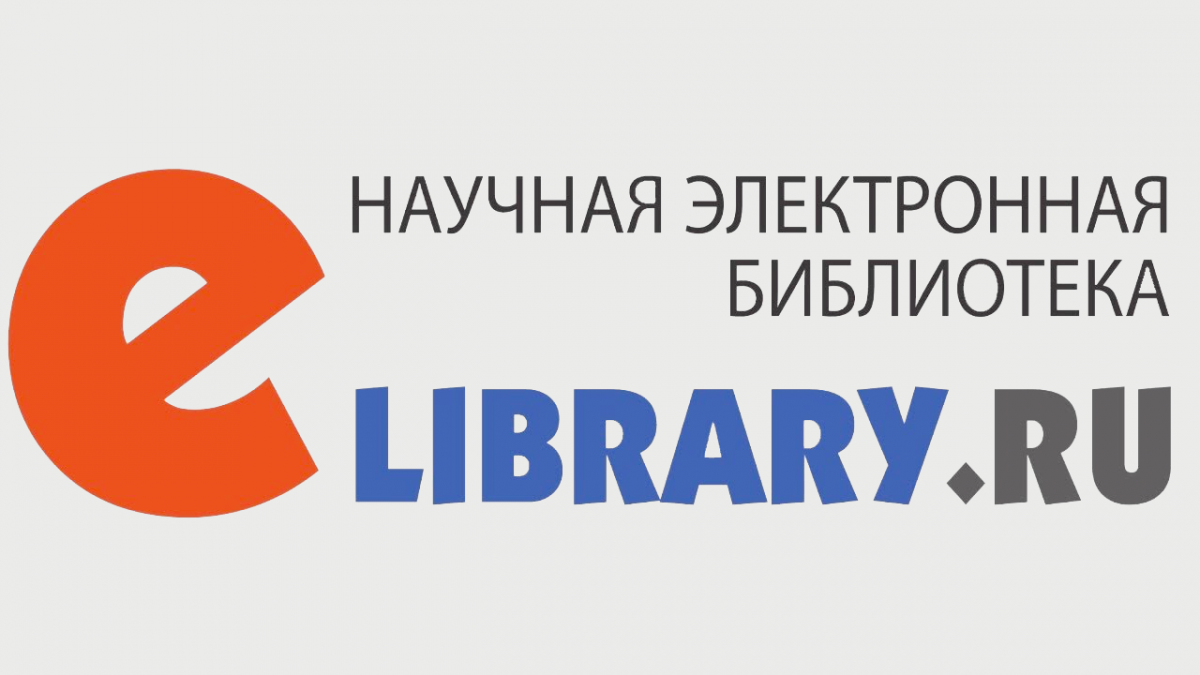A model for completing the playing links of the women's student team in mini-football
ˑ:
PhD, Associate Professor A.A. Pleshakov1
PhD, Associate Professor E.V. Egorycheva1
PhD, Associate Professor Yu.S. Zhemchug2
PhD I.A. Sedov2
Dr. Hab., Associate Professor A.V. Rodin1, 3
1Moscow Polytechnic University, Moscow
2Minin Nizhny Novgorod State Pedagogical University, Nizhny Novgorod
3Smolensk State University of Sports, Smolensk
Objective of the study was to develop and justify a model for recruiting the playing links of a women's student team in mini-football (futsal).
Methods and structure of the study. Scientific work was carried out on the basis of the women's student mini-football (futsal) team of the Moscow Polytechnic University (Moscow) during 2023. Using the modeling method, the playing fours of the sports team were substantiated based on the individual compatibility of the athletes.
Results and conclusions. The results of the research made it possible to establish that in mini-football (futsal), women's student teams play, as a rule, in three units, and individual indicators of physical development and preparedness in each playing unit have significant differences. Such differences determine the compatibility of players in each playing unit, which ultimately determines the specifics of recruiting the entire women's student team in mini-football (futsal).
The optimal selection of players based on morphological indicators and physical fitness allows us to build a model for recruiting the playing units of a female student team in futsal (futsal), thereby creating favorable conditions for achieving high sports results in competitive activities.
Keywords: mini-football (futsal), sports team, model, playing links of, player compatibility.
References
- Aliev E.G., Andreev S.N., Guba V.P. Mini-futbol (futzal) [Mini-football (futsal)]. Textbook. Moscow: Sovetskiy sport publ., 2012. 549 p.
- Guba V.P., Polishkis M.M., Antipov A.V., Makeev P.V. Futbol i futzal: tekhnologii otbora i podgotovki [Football and futsal: technologies of selection and preparation]. Moscow: Prospekt publ., 2022. 224 p.
- Moskalenko I.S., Shkolnikov A.V., Gorovenko E.S., Minzarenko R.N. Modelirovaniye sportivnoy deyatelnosti pri upravlenii podgotovkoy mini-futbolistov, igrokov studencheskikh (kursantskikh) komand [Modeling of sports activity in managing the training of mini-football players and players of student (cadet) teams]. Obrazovaniye. Nauka. Nauchnyye kadry. 2023. No. 2. pp. 267-270.
- Pleshakov A.A., Zhemchug Yu.S., Shadrin A.S., Kharin S.V. Planirovaniye trenirovochnykh nagruzok v podgotovke sbornoy studencheskoy komandy universiteta po mini-futbolu [Planning of training loads in the preparation of the university student futsal team]. Teoriya i praktika fizicheskoy kultury. 2022. No. 12. pp. 26-27.
- Polozov A.A. Mini-futbol: novyye tekhnologii v podgotovki komand [Mini-football: new technologies in team training]. Moscow: Biblioteka industrii futbola publ., 2007. 186 p.
- Rodin A.V., Samoilov A.B., Efremenkov K.N. Osnovy metodiki sportivnykh igr [Fundamentals of sports games methodology]. Study guide. Smolensk: SGAFKST publ., 2017. 194 p.


